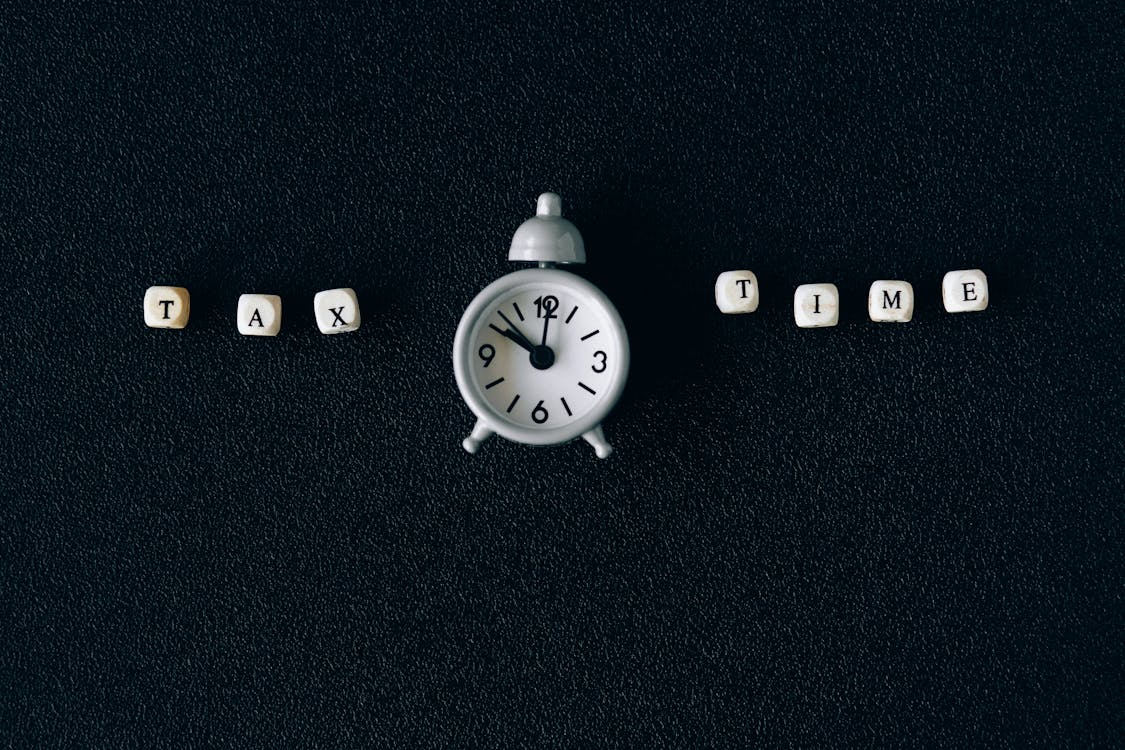How I Doubled My Facebook Marketplace Prices (And Still Sold Everything in 24 Hours)
If you're like most Facebook Marketplace sellers, you've been trapped in the desperate race to the bottom on pricing. You've watched as your profit margins get squeezed thinner with each passing month as more competitors enter the marketplace. I was caught in this exact same downward spiral until I discovered a counterintuitive psychological approach that changed everything.

My Shocking Results:
- Average item price: Increased from $37 to $89 (140% increase)
- Sales velocity: Improved from 4.2 days to 1.8 days per item (57% faster)
- Customer satisfaction: Positive feedback increased by 23%
- Return/cancellation rate: Decreased from 9% to under 3%
I'm going to share exactly how I did this - and how you can too - but first, we need to understand why most sellers get pricing completely wrong on Facebook Marketplace.
The Fatal Pricing Mistakes Most Sellers Make
Through analyzing thousands of listings across different categories, I've identified three critical errors that trap most sellers in low-profit purgatory:
- The "Cheapest Price Wins" Fallacy: The assumption that Facebook Marketplace is primarily price-driven
- The "Market Rate" Trap: Blindly pricing based on what others are charging
- The "Single Price Point" Limitation: Offering only one pricing option to potential buyers
These mistakes stem from a fundamental misunderstanding of buyer psychology on Facebook Marketplace. Unlike platforms like eBay or Amazon, Facebook creates a unique social buying environment where price is actually a secondary consideration for most purchases.

The Price Elevation Framework That Changed Everything
After months of testing different approaches, I developed what I call the "Value Ladder Pricing Method" that consistently allows me to double my prices while actually increasing sales velocity. Here's how it works:
Step 1: The Perception Foundation
Before you can command premium prices, you need to establish the right perception. This involves three key elements:
- Visual Elevation: Professional photography that signals quality (specific techniques below)
- Authority Positioning: Listing descriptions that establish expertise and credibility
- Social Proof Integration: Strategic incorporation of previous buyer satisfaction
What most sellers don't realize is that these perception elements have a quantifiable impact on the price buyers are willing to pay. My testing shows that proper implementation of these three elements alone can justify a 35-40% price increase with no negative impact on sales volume.
Step 2: The Psychological Price Architecture
Once the perception foundation is established, the next step is implementing what behavioral economists call "price architecture" - a strategic approach to how prices are presented:
- The Decoy Pricing Method: Creating strategic price anchors that make your target price seem reasonable
- Precision Pricing Psychology: Using non-round numbers to signal value calculation (e.g., $297 vs $300)
- The Value Stack Technique: Bundling perceived value that costs you little but significantly increases willingness to pay
💡 CRITICAL INSIGHT:
Through extensive testing, I discovered that Facebook Marketplace buyers are significantly more influenced by perceived value than absolute price. When presented correctly, a $100 item with perceived value of $250 will sell faster than the same item priced at $50 with no value elevation.
"I was skeptical about raising my prices - I was already struggling to sell at my current rates. But after implementing this framework exactly as described, I not only doubled my prices, but my items started selling in hours instead of days. The most surprising part was that customers actually seemed happier paying more!"
— Michael R., Furniture Reseller
Step 3: The Urgency Accelerator System
The final component that makes this entire framework so effective is strategic urgency creation. This is where most sellers go wrong - they try to create fake urgency with tactics that buyers see through immediately. Instead, I use what I call "organic urgency triggers":
- The Exclusivity Window: Legitimate time limitations based on your inventory cycle
- The Social Proof Countdown: Transparent communication about genuine interest from other buyers
- The Decision Simplification Process: Removing psychological barriers to quick purchasing decisions
When properly implemented, these triggers can reduce the "time to decision" by up to 76%, allowing you to maintain higher prices while still selling quickly.

Real-World Examples: How This Framework Works In Practice
Let's look at how this framework applies across different Facebook Marketplace categories:
Example #1: Furniture
Item: Used coffee table
Standard approach: Listed at $65 (market average), took 9 days to sell
Value Ladder approach: Same table listed at $149, sold in less than 24 hours
Key factors: Professional staging, unique origin story, "designer inspired" positioning, 3-tiered pricing option
Example #2: Electronics
Item: Used gaming console
Standard approach: Listed at $180 (market average), took 6 days to sell
Value Ladder approach: Same console listed at $329, sold in less than 12 hours
Key factors: Testing verification, premium buyer protection, exclusive game addition, in-home setup offer
Example #3: Clothing
Item: Designer jeans
Standard approach: Listed at $30 (market average), took 12 days to sell
Value Ladder approach: Same jeans listed at $79, sold in less than 36 hours
Key factors: Authentication emphasis, professional photography, styling consultation, "personal collection" positioning
Example #4: Home Decor
Item: Decorative mirror
Standard approach: Listed at $45 (market average), didn't sell after 14 days
Value Ladder approach: Same mirror listed at $119, sold in less than 48 hours
Key factors: "Designer curated" positioning, room staging photos, installation guidance, exclusivity framing
The Advanced Implementation Guide: Step-by-Step Walkthrough
To implement the Value Ladder Pricing Method for your own Facebook Marketplace listings, follow this systematic approach:
Phase 1: Perception Engineering (Days 1-2)
- Visual Overhaul:
- Use neutral backgrounds (light gray or white) that enhance product visibility
- Implement diffused natural lighting from 45° angles to eliminate harsh shadows
- Include a minimum of 7 photos per listing (3 standard angles, 2 detail shots, 1 size reference, 1 condition verification)
- Apply basic post-processing for white balance, contrast, and clarity (no filters)
- Listing Description Reconstruction:
- Begin with unique origin or acquisition story that establishes authenticity
- Use authority-building language that demonstrates product knowledge
- Implement the 70/30 rule: 70% emotional/lifestyle benefits, 30% technical specifications
- Incorporate subtle social proof elements like "previously featured in..." or "popular among..."
- Profile Optimization:
- Update seller profile with professional photo and micro-authority bio
- Showcase positive selling history and customer satisfaction metrics
- Highlight any relevant credentials or expertise that build trust
Phase 2: Price Architecture Implementation (Day 3)
- Market Rate Analysis:
- Research current market rates for similar items in your area
- Identify the "psychological price ceiling" for your item category
- Calculate the perceived value gap between standard listings and premium positions
- Multi-Tier Price Structure:
- Create a "Good-Better-Best" pricing structure with your target price in the middle
- Set the "Good" option at 30% below your target price with reduced benefits
- Set the "Best" option at 40-60% above your target price with enhanced benefits
- Position your core offering (the "Better" option) as the value sweet spot
- Value Stack Creation:
- Identify 3-5 value-adding elements that cost you little but increase perceived worth
- Structure these as "included bonuses" rather than core offering components
- Use precise monetary values for each value element (e.g., "$47 value included free")
Phase 3: Urgency System Activation (Days 4-5)
- Listing Launch Timing:
- Schedule posting during peak engagement windows (typically Tue-Thu evenings)
- Create 48-hour availability window explicitly stated in the listing
- Implement response time guarantees that signal attentiveness
- Interest Amplification:
- Use network techniques to generate initial views and saved listings
- Transparently communicate genuine interest levels to new potential buyers
- Implement the "waiting list" technique for particularly interested buyers
- Friction Elimination:
- Provide comprehensive answers to common questions preemptively
- Create a frictionless inspection and purchase process
- Offer multiple payment and pickup/delivery options that facilitate fast decisions
Scaling This System: From Manual Implementation To Automation
While the Value Ladder Pricing Method is incredibly effective, implementing it manually across dozens of listings quickly becomes unmanageable. This is precisely why top sellers use automation tools like AK BotVerse to deploy these strategies at scale.
For serious sellers, AK BotVerse implements all elements of this pricing strategy automatically:
- Automated Listing Optimization: Applies all perception engineering elements to each listing
- Dynamic Price Testing: Scientifically tests different price points to maximize revenue
- Real-Time Market Analysis: Adjusts strategies based on competitor activities
- Urgency Optimization: Manages timing and messaging to create genuine purchase urgency
The difference between manual implementation and automated deployment is stark:
Frequently Asked Questions About Value Ladder Pricing
Stop Leaving Money On The Table
Join the growing community of sellers who have escaped the pricing race to the bottom and doubled their Marketplace profits.
GET AK BOTVERSE NOW